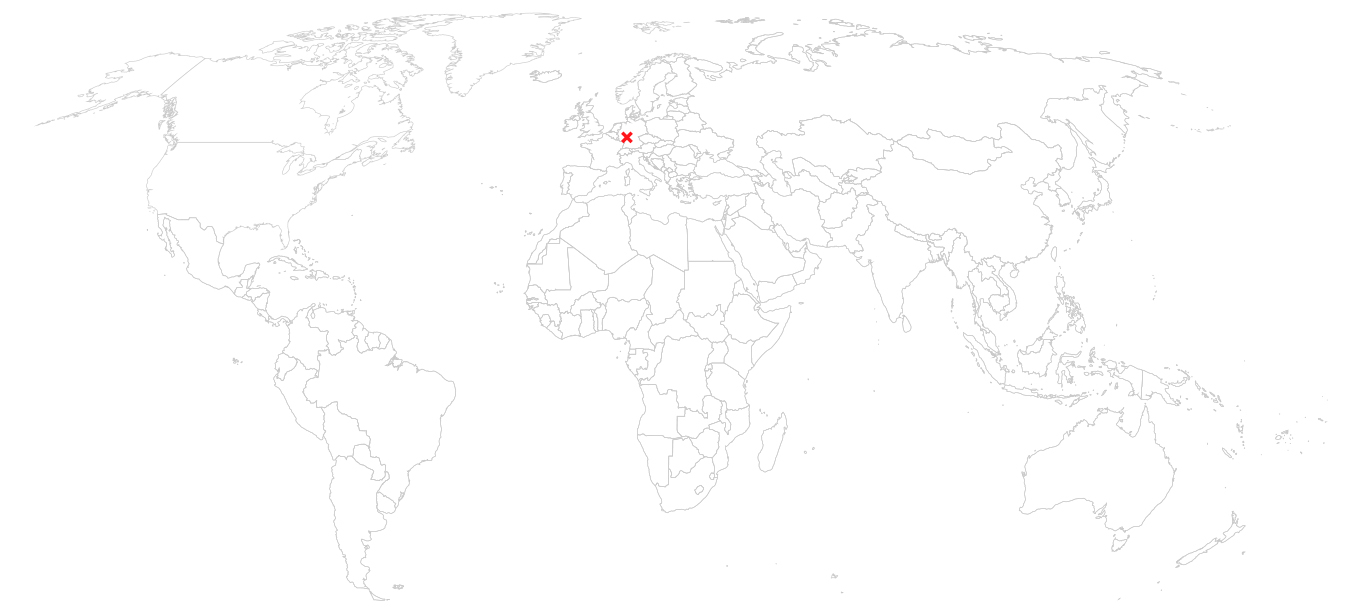

Compared to the past, in today’s situation we communicate through a lot more and various mediums than we used to. Additionally, technical advancement happens at an extremely fast pace. How does this change influence the designer’s role today and in the future?
I think, in the past a classical commission was pretty clear: Here are 10 photos, this is the text, I want to get a brochure. Of course, we still have this kind of commissioned work, but in the past it was a lot more common than today. Today, this is at least our experience, you get this kind of commission but you have to begin at an earlier stage and you have to question: What does this mean strategically? What do I want to communicate? Who is my target group? And is a brochure the right medium? Or may a combination of a digital medium and a spatial construction be correct and more relevant, because of its better language, better accessibility and visual tonality? That means, before any actual design occurs, a designer takes on a big part of consultation and strategy. The distinctive path chosen (on which medium is selected, and with what production line) changes radically. And this happens at an extremely fast pace. If you look at digital communication – everything technical changes at a massive rate. That which was current a year ago; is no longer valid. This change is really extreme. Regarding the question of where it’s heading. One thing that I find exciting and which determines our agency’s future, is to work in a more integrated way and not to separate the disciplines so strictly. Between analogue and digital, spatial and moving images. To design with various mediums is something which is a lot of fun. And I believe this could be a future trend. Additionally, the technology is getting easier. 8 years ago, it was quite complicated to get a website coded and I believe in 2 years you will have the easiest drag & drop systems, where everybody will be able to easily complete previously complex processes. At the same time, this means for the designer that he or she can not work purely on design, as there is too much competition. If you look to Berlin, there are so many designers competing against one another that the salaries are fairly low that they can’t live off it.This means that the consultation aspect of the design process is much more important.
the interview in full- length will be publishedin a book after our journey.stay tuned – #thewalzhappens
the walz started in frankfurt. we met finn sienknecht, CEO and creative director at Heine/Lenz/Zizka, for a nice chat about future changes in the design industry. H/L/Z creates visual identities and brand presences from packaging design to communications to comprehensive corporate design. their clients include Leica, Impossible, Kap Europa Messe Frankfurt, Alape and many others. “we love the classical craft of typography. as well as the infinite design possibilities of the digital world. we believe in design. because for us good design is more than “pretty packaging”. it is the creation of a true and lasting identity that brings pleasure to the consumer. and thus helps the brand succeed.”
| date: | february 2015 |
| city: | frankfurt |
| interview with: | finn sienknecht |
| www: | hlz.de |
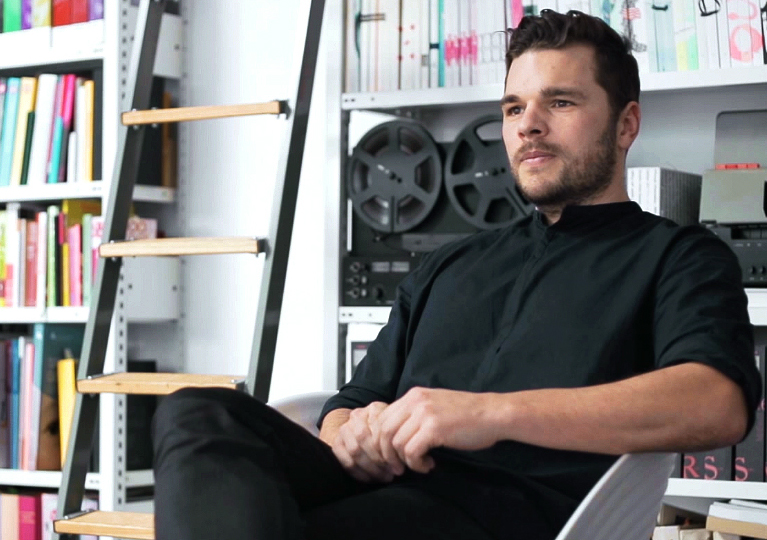
"One thing that determines our agency’s future, is to work in a more integrated way and not to separate the disciplines so strictly."
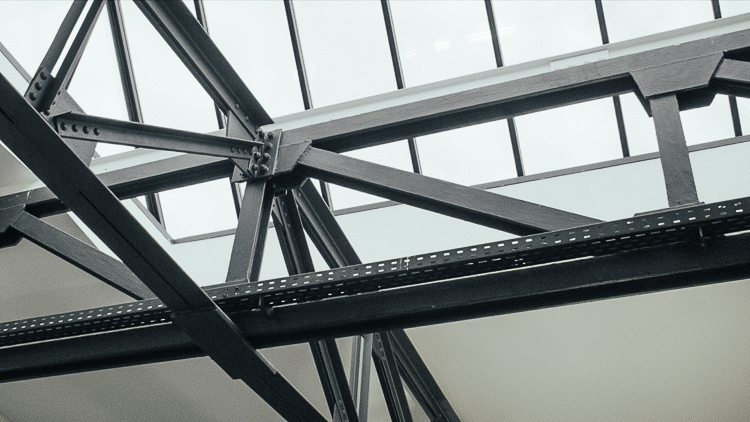
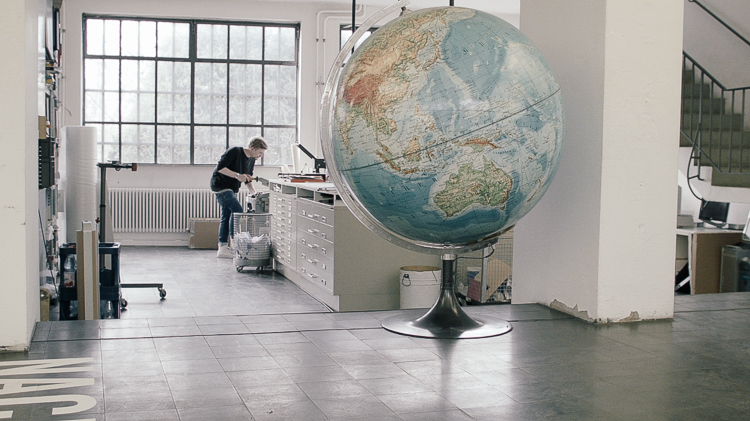
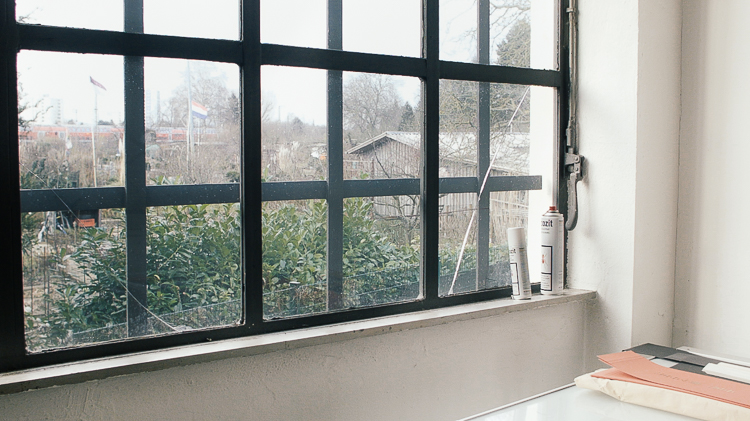
ALAPE
SCOPE
Corporate design / movies / booth
For over a year Heine/Lenz/Zizka has been in charge of all design disciplines for the brand Alape, the premium provider of washbasins and sinks from Goslar. After an extensive strategy and identity process they started with different cross-media communications such as defining the visual style, designing the main catalog A˘form and other brochures, creating the booth at the international trade fair ISH and various films.
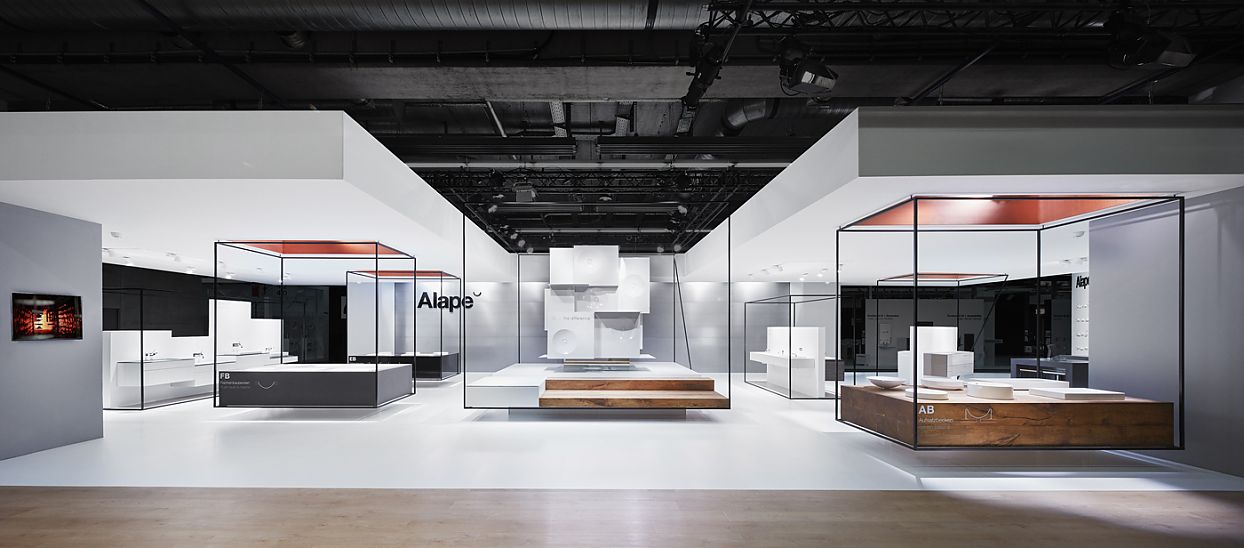

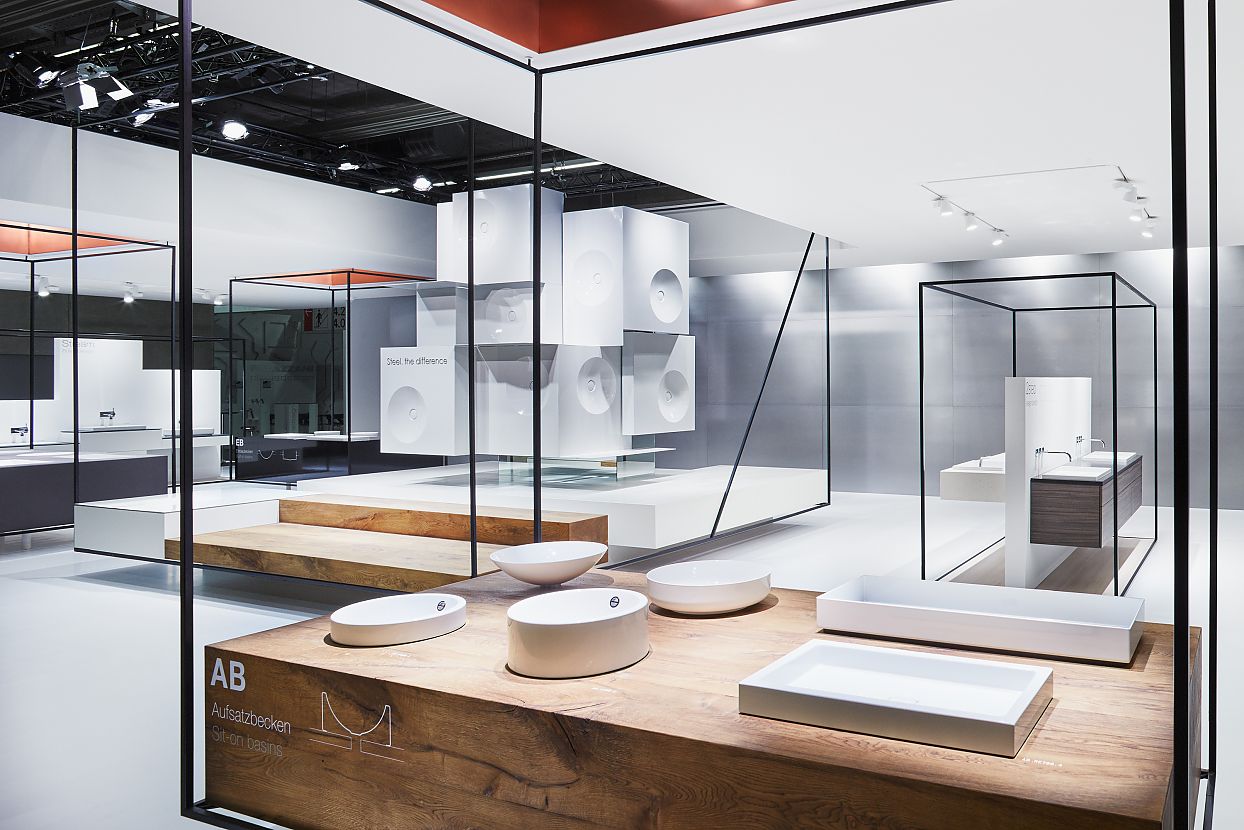
all images of the featured project alape are from hlz.